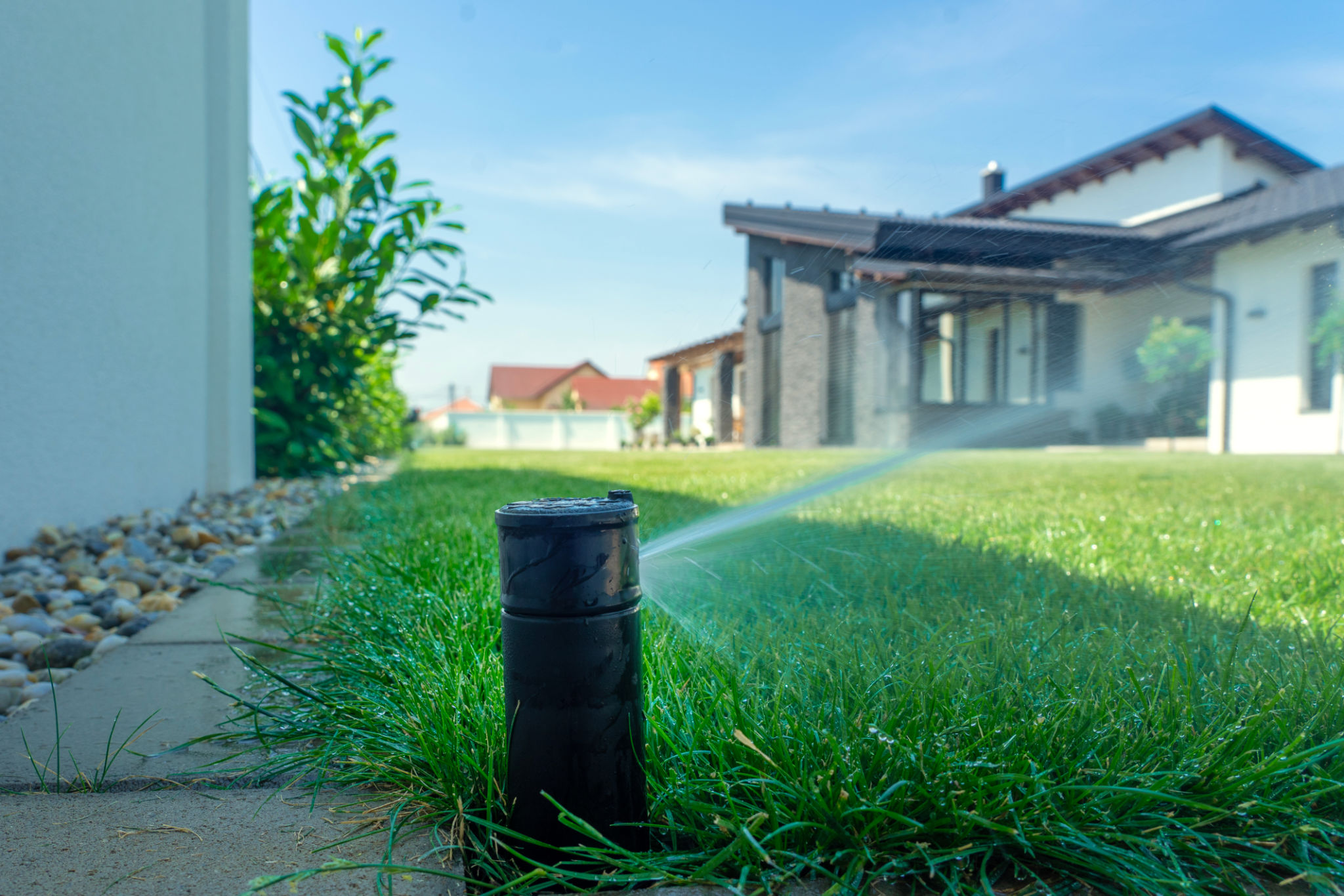How to Install Smart Irrigation Systems in Your Urban Garden
Transforming your urban garden into a smart oasis is easier than you think with the installation of a smart irrigation system. These systems not only help in conserving water but also ensure that your plants receive the optimal amount of moisture, no matter the weather conditions. In this guide, we'll walk you through the steps to set up a smart irrigation system in your urban garden.
Understanding Smart Irrigation Systems
Before diving into the installation process, it’s essential to understand what a smart irrigation system entails. These systems use advanced technology to automatically adjust watering schedules and amounts based on real-time weather data, soil conditions, and plant needs. This technology can save you time and reduce water bills.

Choosing the Right System
There are various types of smart irrigation systems available, from basic models with timers to advanced ones with sensors and weather connectivity. When selecting a system, consider the size of your garden, types of plants you have, and your budget. Popular brands often offer user-friendly interfaces with mobile app controls.
For urban gardens, systems with moisture sensors are particularly beneficial as they monitor soil moisture levels and adjust watering accordingly. This feature ensures that your plants are neither overwatered nor underwatered.
Preparing Your Garden
Preparation is key to a successful installation. Start by sketching a layout of your garden to identify zones that require different watering needs. Consider factors like sunlight exposure and plant types. Having a clear plan will help in setting up the system efficiently.

Gathering Materials
Once you have chosen the right system and prepared your garden layout, gather all necessary materials. Depending on the system, you may need:
- Smart controller
- Moisture sensors
- Weather sensors (if not included in the system)
- Tubing and connectors
- Sprinklers or drip emitters
Having everything at hand will streamline the installation process.
Installation Process
Begin by installing the smart controller in a location with easy access to power and Wi-Fi connectivity. Follow the manufacturer's instructions for wiring and setting up the device. Next, place moisture sensors in various zones of your garden, ensuring they are properly inserted into the soil for accurate readings.

Setting Up Watering Zones
Divide your garden into watering zones based on the plant types and their specific watering needs. Connect tubing from the main water source to these zones, attaching sprinklers or drip emitters as required. Test each zone to ensure there are no leaks and that water coverage is even.
Programming and Maintenance
Once installed, program your smart irrigation system with initial settings for watering schedules based on current season and plant requirements. Most systems allow for easy adjustments through mobile apps or web interfaces, making it simple to adapt to changing weather conditions.
Regular maintenance is crucial for optimal performance. Check sensors and tubing periodically for any signs of wear or damage. Clean sprinkler heads to prevent blockages and ensure efficient water flow.

Reaping the Benefits
With your smart irrigation system in place, enjoy the convenience of automated watering that promotes healthier plants while conserving water. Over time, you'll likely notice a decrease in water usage and healthier, more vibrant urban garden.
Investing in a smart irrigation system is not only an eco-friendly choice but also enhances the overall gardening experience in urban settings. Happy gardening!
